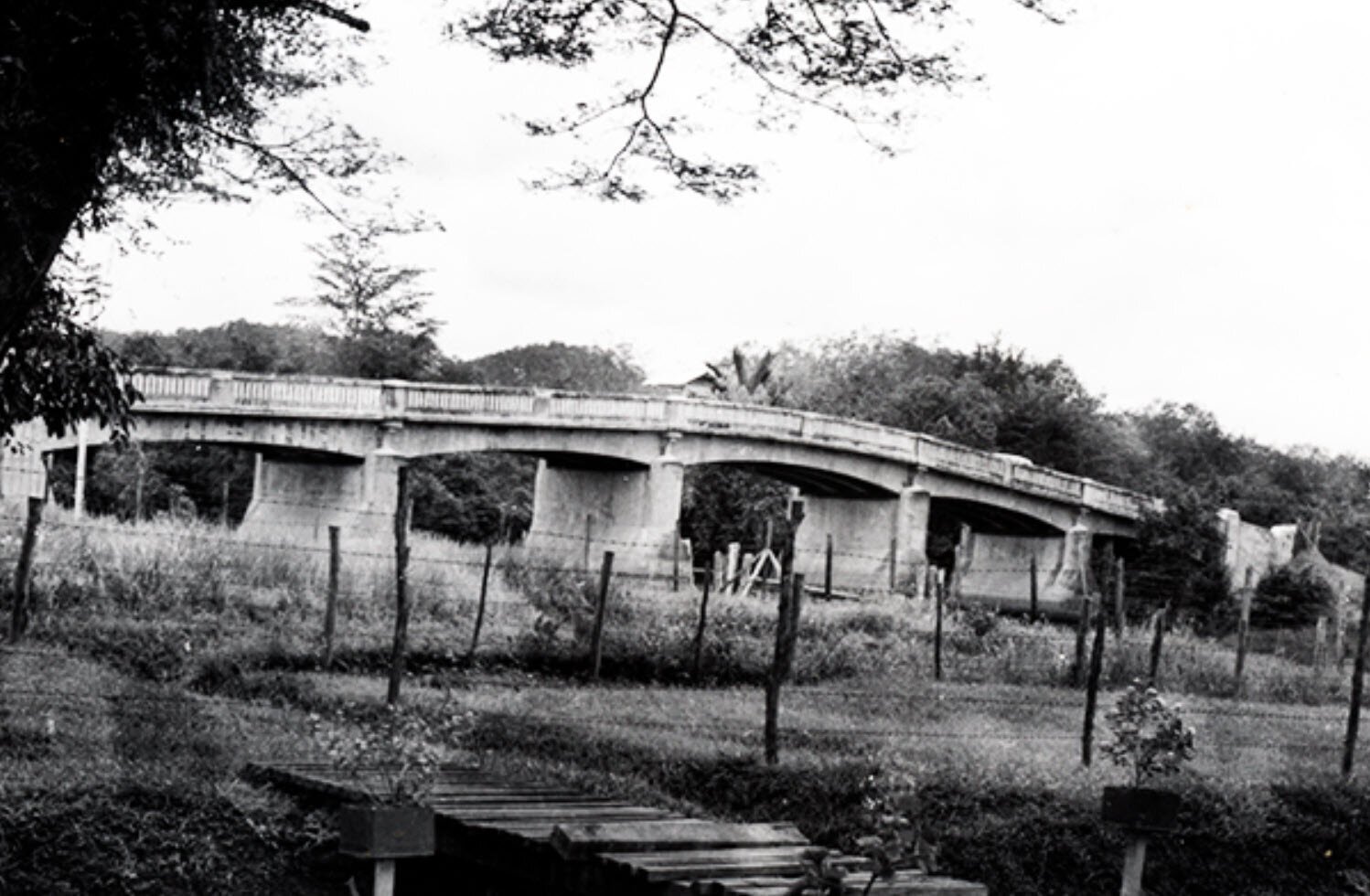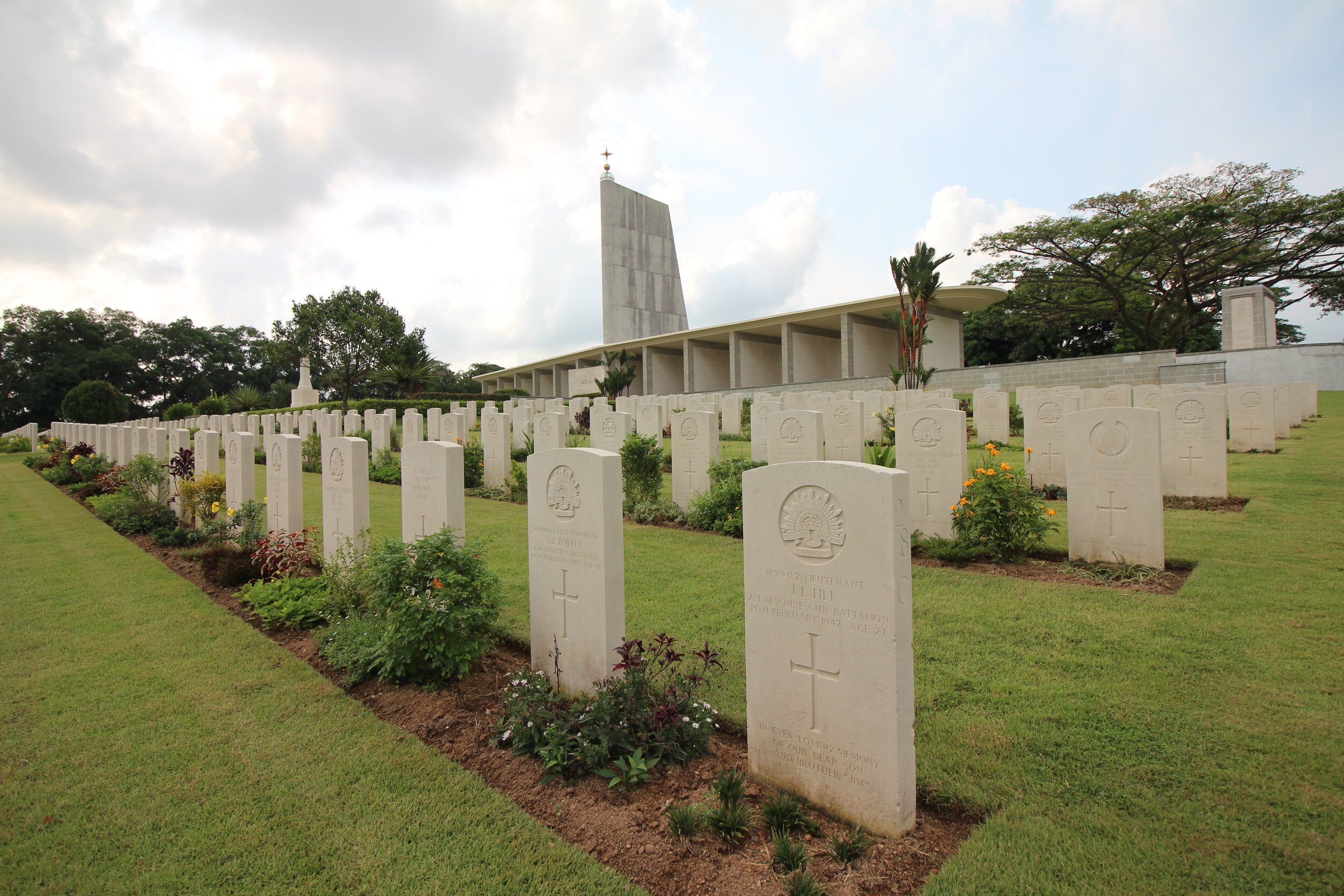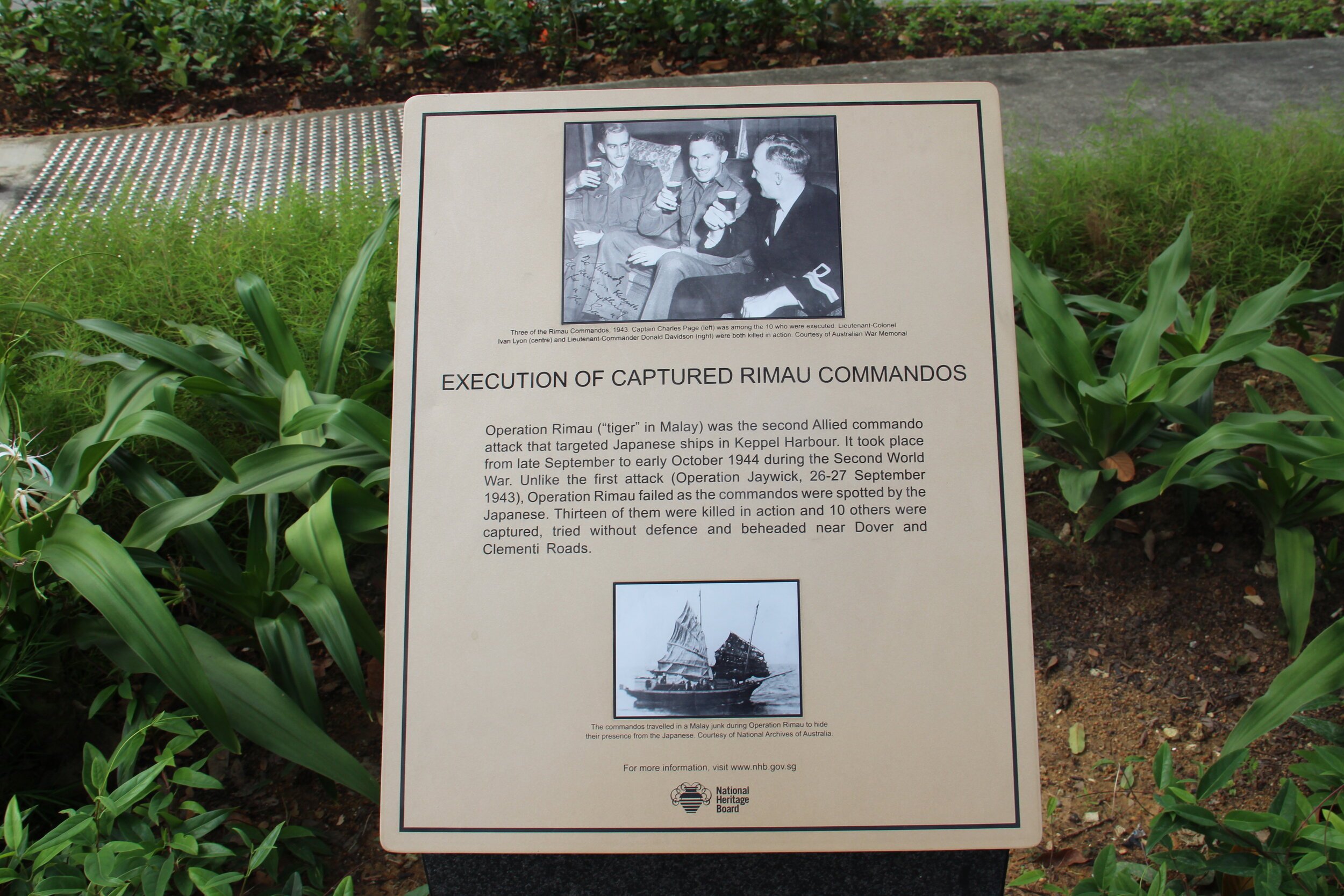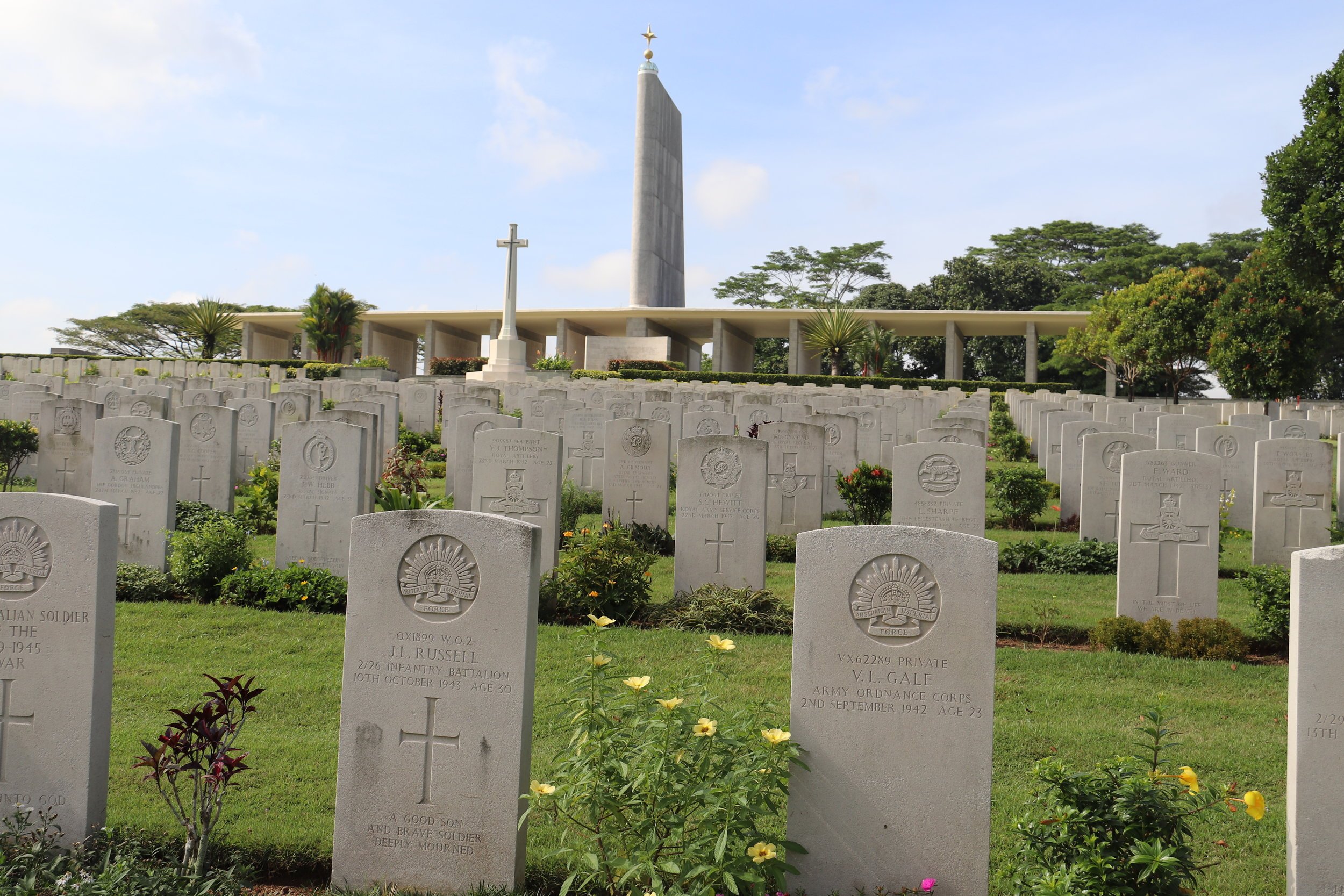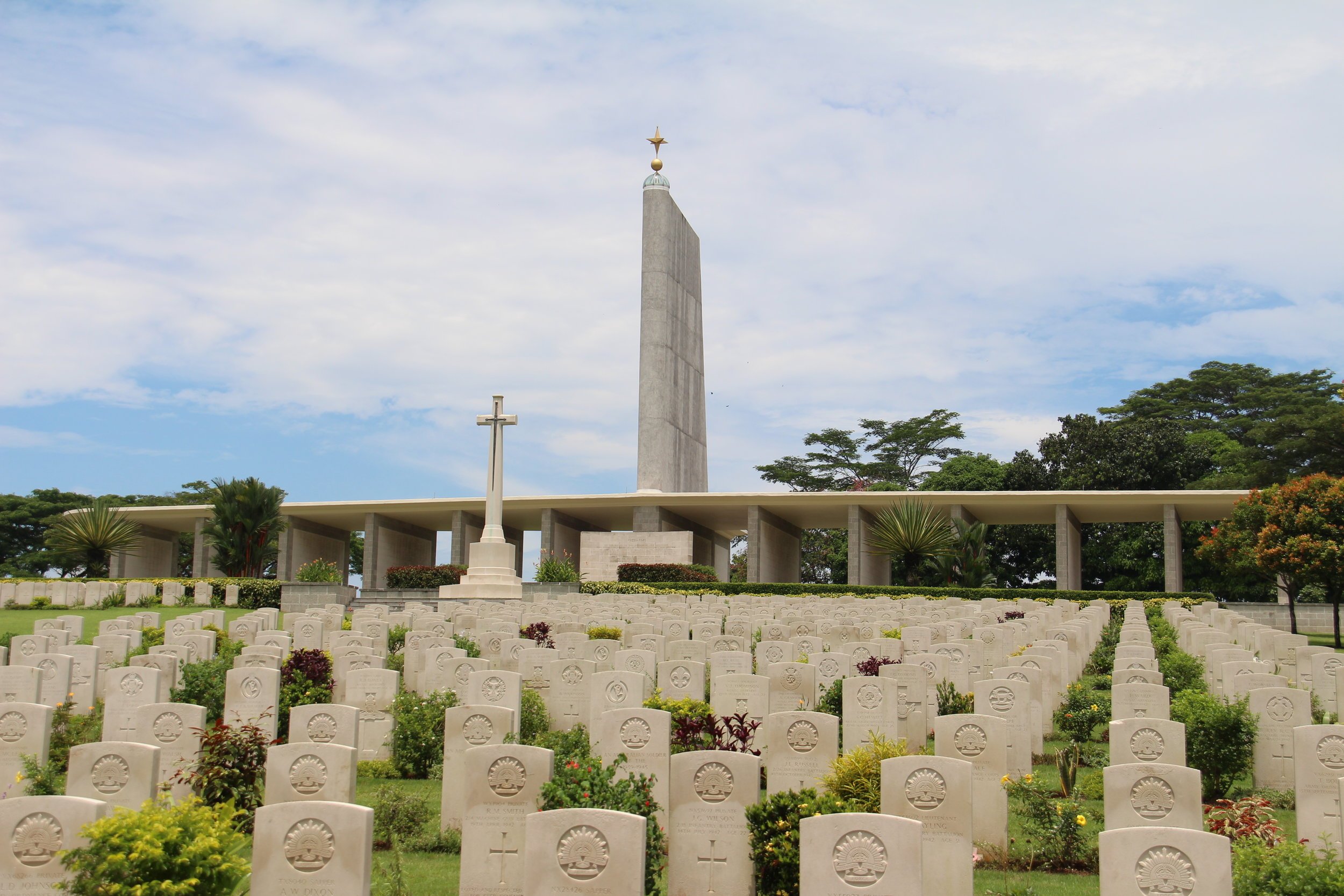Singapore's 'Dunkirk' 1942
The massacre of 21 Australian nurses on a beach on Bangka Island, following the sinking of the SS Vyner Brooke, had everyone outraged. But the sinking of the Vyner Brooke was not an isolated incident. In an operation that would be described as Singapore’s ‘Dunkirk’, the incompetence of the British led Allied High Command in Singapore was evident and many people died as a result.
What’s It Like to be 10 Seconds from Death?
On 14 February 1942, Valentine’s Day, the British Military Hospital Singapore found itself in no-man’s-land as the British troops retreated in the face of the rampaging Japanese army. 900 soldier-patients lay in bed, awaiting their cruel fate, in those few hours just before the Fall of Singapore in what became known as The Alexandra Hospital Massacres. Wounded Gunners Fergus Anckorn and Dick Lee, both of the Royal Artillery, and Pte Alex Drummond, AIF, lived to tell their tale.
80th Anniversary - Attack on Pearl Harbour
The 7th December 2021 (Honolulu time) marks the 80th Anniversary of the coordinated Japanese attack on Pearl Harbour, Hong Kong, the Philippines and Northern Malaya. It would bring WWII to the Pacific, the British stronghold at Singapore would be lost and over 80,000 Allied soldiers became prisoners of war of the Japanese. Hundreds of thousands from both sides would die and untold destruction would occur.
Prisoners of the Japanese
With the Fall of Singapore, about 80,000 allied soldiers became prisoners of war (POW’s) of the Japanese. On the islands of Java and Sumartra, another 40,000 became capitive while about 3,000 from Timor, Ambon and New Britian also became POW's. So what did the Japanese do with these POW's?
Escape from the Japanese in WW2
After the Fall of Singapore, about 120,000 Allied and dutch soldiers including 22,000 Australians, became prisoners of war (POW’s) of the Japanese. The Japanese used the POW’s as forced labour either to reconstruct bombed airfields, to build the Burma-Thailand Railway or to work in the coal mines or factories in Japan. But little is ever mentioned about the POW’s who either escaped or attempted to escape.
Fall of Singapore: The Real Reasons
In a report by British General Wavell to Prime Minister Winston Churchill, Australian soldiers were singled out for criticism of their actions in the Fall of Singapore. A criticism that led London Newspapers to write “Australian cowardice led to the fall of Singapore”. But a closer look reveals where the real responsibility for the Fall of Singapore lies.
Bangka Island Massacre
In September 1941, the 2/13th Australian General Hospital (2/13th AGH) arrived in Singapore with a staff of 211, including 44 nurses. Initially, the nurses were attached to other units treating very few patients and spending their time learning about tropical diseases and training in modern military surgical practices. It was a carefree and happy life for them. But this would change.
Singapore's 15" Guns
In 1927, the British Government commissioned a review of the coastal defences for Singapore. The review was to focus on the protection of the seaward approaches to the new naval base to be built in the north of Singapore on the Strait of Johore which separated Singapore and Malaya. As a result, several improvements were to be made to existing fort facilities and, as the centrepiece of the review, included the construction of two new gun batteries that would house land-based 15” naval guns.
Fall of Singapore: Australia, a Scapegoat
British General Wavell’s report into the Fall of Singapore was declassified on the 1st January 1993, after a 50 year suppression under the UK Secrets Act. The report made scathing allegations against Australian soldiers on Singapore Island leading up to the Fall of Singapore. Allegations that included desertion, indiscipline and failure to send out required patrols. Was this true?
Major-General Gordon Bennett, General Officer Commanding AIF, Malaya 1941-1942
Lieutenant-General Arthur Percival, the General Officer Commanding Malaya, was a controversial figure for his part in the Fall of Singapore. But equally, so was Major-General (later to be Lieutenant-General) Henry Gordon (Gordon) Bennett. With a near contempt for British senior officers gained from WW1, an outspoken nature and a confidence in his own ability, Bennett clashed with Percival and the other generals of the Allied High Command in Singapore. But, unlike the other generals, Bennett escaped from Singapore, just hours after Percival had signed the surrender.
Parit Sulong Bridge Massacre
The barbarism of the Imperial Japanese Army had no bounds. When the Japanese invaded Malaya on the 8th December 1941, their overwhelming numbers, mobility with the use of bicycles, light tanks and air superiority, ensured their victory as they made their way south to Singapore. Their speed was such that in some cases, allied soldiers became surrounded or overrun and had no choice but to surrender thinking that they would be protected. But the Japanese policy of taking no prisoners to avoid being slowed down ensured that most would be quickly executed after capture. One such incident occurred at the bridge at Parit Sulong in Southern Malaya.
Lieutenant-General Arthur Percival General Officer Commanding, Malaya 1941-1942
In April 1941, Lieutenant-General Arthur Percival was promoted to the position of General Officer Commanding, Malaya which oversaw the defence of Malaya (and Singapore). But just a little over two months after the Japanese invaded Malaya, Singapore would fall.
So how did Percival come to this position and to preside over the “worst disaster” and “greatest capitulation” in British military history?
Alexandra Hospital Massacre
Warning: This blog contains details of the horrors of war that some may find confronting.
The Kranji Memorial contains nearly 4,500 graves in the war cemetery and over 24,000 names on the walls of the Singapore Memorial for which there are no known graves. Each grave, each name has a story. All have died in the service of their country.
On Panel 125 of the Singapore Memorial is the name GH MacDougal, a lance-sergeant in the 2/20th Battalion AIF. A man who was a hero to the end. This is the story of one of the greatest (if not the greatest) atrocity that occurred during the Fall of Singapore.
Lieutenant Till: Ex 2/4th Machine Gun Battalion AIF
Only 48 hours before the invasion of Singapore Island by the Japanese, a composite battalion was formed to help strengthen the Australian numbers defending the North West corner of the island. Known as the Special Reserve Battalion (SRB), it comprised men from the Australian Army Service Corps (AASC), Ordinance units and a company from the 2/4th Machine Gun Battalion. The AASC (cooks, mechanics, drivers, clerks etc.) were relatively untrained. Such was the desperation of the time.
Operation Rimau - Roll of Honour
The blog “Operation Rimau” told the story of the ill-fated commando raid on Singapore Harbour. Not only did the raid have little effect, the entire group would lose their lives either in their escape or by the controversial executions that occurred only a month before the Japanese surrender.
In their escape, some would get a far south as Surabaya, Indonesia and Dili, Timor. So close to Australia before they died!! This is the Roll of Honour.
Lieutenant Meiklejohn: 2/4th Machine Gun Battalion AIF
Lieutenant John Thompson Meiklejohn was a member of the Australian 2/4th Machine Gun Battalion which was part of the Australian 8th Division’s 22nd Brigade. His story of heroism while leading his men, is the story of the initial invasion of Singapore on the night of the 8th February 1942.
Fall of Singapore: An Overview
Within hours of the Japanese Navy’s attack on Pearl Harbour, the Imperial Japanese Army invaded Malaya (now Malaysia) both through Thailand and by landing on its north-east coast at Kota Bahru. Just over two months later, the British-led allied forces in Singapore would surrender.
Operation Rimau
On the night of the 26th September 1943, six men in three small collapsible canoes paddled into Singapore Harbour. Limpet mines were attached to several Japanese cargo ships and their timers set. As quickly as they arrived, they left. Shortly after, massive explosions rocked the area and about 39,000 tonnes of shipping were sent to the bottom of the harbour.
Breavington and Gale
The Kranji Memorial (War Cemetery) is the final resting place for about 4,000 allied service men and women and also listed on the walls of the Singapore Memorial, are some 23,000 names of those who have no known grave. Each a hero, giving their life while in the service of their country. But some if not many, have a special and rather unique story. In this case, a story that shows the best and the worst in humanity having a dramatic outcome when four allied POW’s stood before a firing squad at Selarang Beach on the 2nd September 1942.
The Traitor of Singapore
All cemeteries around the world, both civilian and military, contain a wealth of stories about the people who have been buried or honored there. The Kranji Memorial, the war cemetery at Singapore, is no different. The allied soldiers buried there and names of those who have no known grave and are recorded on the walls of the Singapore Memorial, all have their story. Some may have died in battle, some may have died because of the harsh treatment of the Japanese while in captivity and others may have died in more sensational circumstances.











